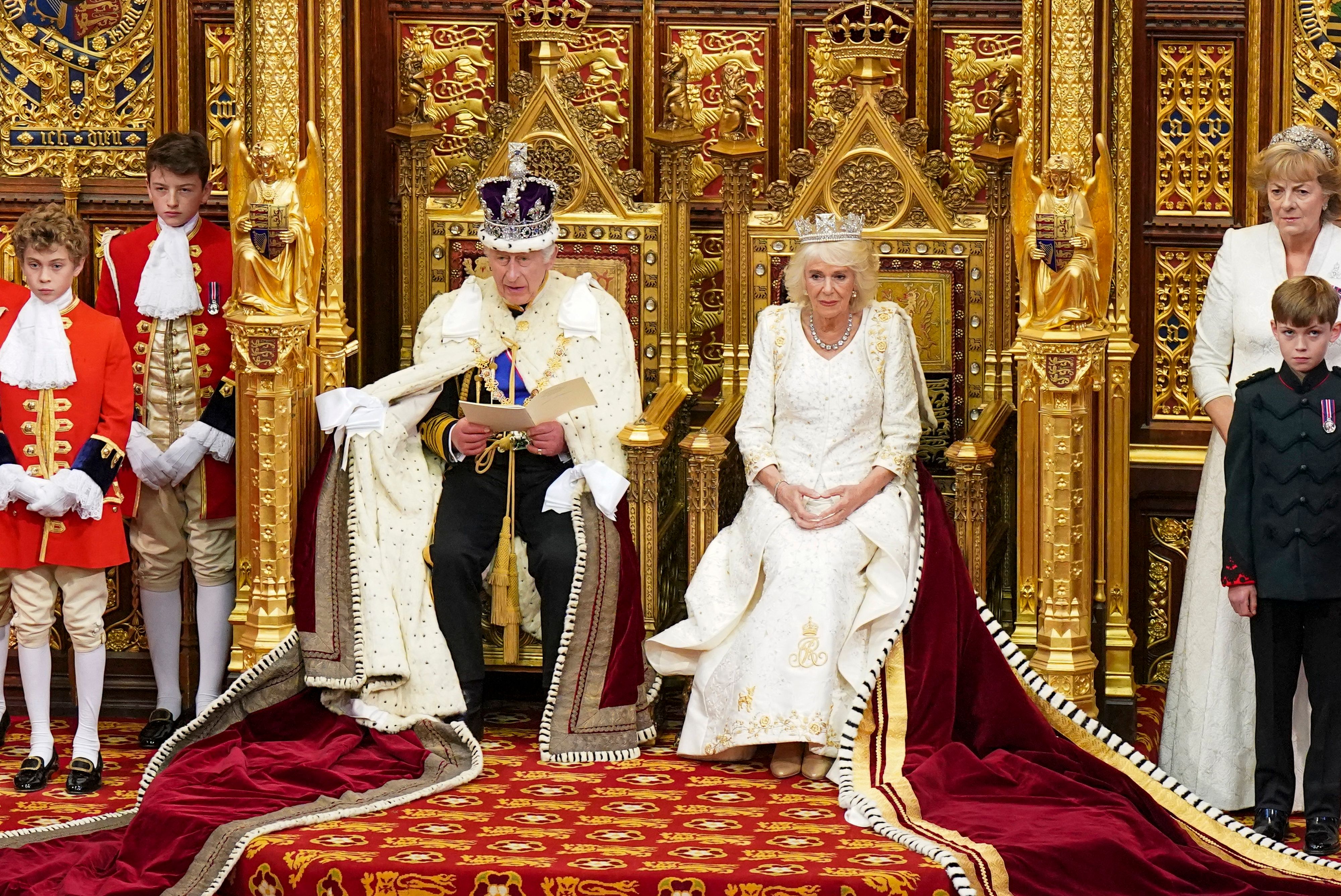
Steeped in tradition and surrounded by splendour, the King’s speech is unlike any public speaking engagement most of us are likely to encounter.
The monarch delivers the much-trailed address detailing the government’s agenda for a new parliamentary session wearing a crown and elaborate robes to an audience – summoned more than invited – hanging on his every word.
Blanket media coverage is guaranteed as King Charles reads the words written for him by the Prime Minister’s aides, revealing the new policies likely to become law before the next election.
And tradition even dictates an elaborate measure to ensure he gets out alive – with an MP “held hostage” in Buckingham Palace to guard against parliament turning on the monarch while he’s seated in their midst.
The whole curious performance is an extravagant display of constitutional continuity.
But at its heart is a speech – a man, albeit a King, talking out loud in a room full of people. And there’s plenty we can learn from.
It’s all in the delivery
With good reason, the King – and the Queen before him – lacked the emotion, emphasis or any variation of tone and pace on these occasions that any good speaker should have.
As the head of state, the monarch must be seen to be free of any personal point of view, much less a political persuasion.
The speech was delivered in a steady, neutral, dispassionate way. Efficient if you’re simply imparting information but the wrong approach if you need to make an impact.
Slowing down or quickening your pace for emphasis, showing enthusiasm, using gestures and moving around a little are all ways in which a good speaker can connect with their audience. Sitting largely motionless on a throne (or even a chair) should be avoided in any other setting.
When it comes to length – less is more. If in doubt, keep it on the shorter side to avoid losing the room. At just under 20 minutes the King’s speech got that just right.
Content is King
While the performance and pageantry steal the show, the King’s speech would be nothing without the substance.
It is essentially a long list of things the government wants to do – so the challenge for those writing it is to avoid it sounding like an incoherent mixed bag of new policies the Prime Minister hopes will win votes, and political loose ends of previous promises that need tying up.
Landing your message early on is important – we heard a version of Rishi Sunak’s new slogan with several mentions of “long term decisions” to change the country for the better.
Bringing down inflation to ease the cost of living and improving the UK’s energy supply were among the first things to be mentioned, with no doubt about the issues uppermost in voters’ minds.
Referencing recent events can help make a speech feel relevant and spark a connection with the audience. Hence the careful mentions of the war in Ukraine, conflict in the Middle East and the continued impact of the Covid pandemic.
Also – acknowledge the obvious. The significance of the first King’s Speech of Charles’s reign could not be overlooked and was addressed in his opening line paying tribute to the late Queen’s “legacy of service and devotion.”
The mention of “my beloved mother” was the only personal touch deemed appropriate on this state occasion. But in general, it’s good to offer something of yourself and talk about your own experience, telling a short story is a very effective way to do this.
Location, location, location
Tradition dictates the setting for the King’s speech, and with gilded screens, plush carpets and elaborate wood panelling the House of Lords chamber could scarcely be grander.
That may seem fitting for the occasion we’ve come to expect but some observers point out that such scenes of opulence and excess might be a bit of turn off to some – especially in times of financial hardship.
If you have a choice where to make your speech – pick a location that can help make an impact and adds to the sense of occasion but doesn’t overshadow you and what you’ve got to say.
Look carefully while the King’s talking and there’s bound to be at least one distracted MP looking up at a gargoyle in the gallery or a colourful outfit that’s caught their eye – the fewer distractions the better.
And while we’re thinking visually – spend a bit of time focusing on how you look and what you’re going to wear as this will make an immediate impression on the audience.
Being smart but comfortable is the aim, which probably rules out the Imperial State Crown – undoubtedly eye-catching but weighing in at just over 1kg.
And finally…
The ending is important – send the audience away with a reminder of your key message.
We heard King Charles talk again about long term decisions and the importance of reducing inflation in the closing section of his address, reinforcing the government’s main priorities.
Whether the speech tied all those policies together as a coherent vision which the Conservatives can sell to the electorate is for the pundits – and opposition parties – to pick over.
But do end on a high if you can and strike a positive note. Unless like on this occasion, something more solemn is required… “may the blessing of almighty God rest on your counsels.”
Read more Insights & News
